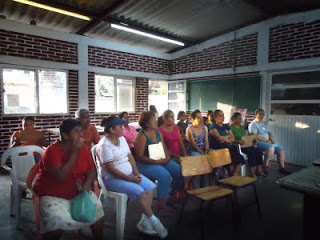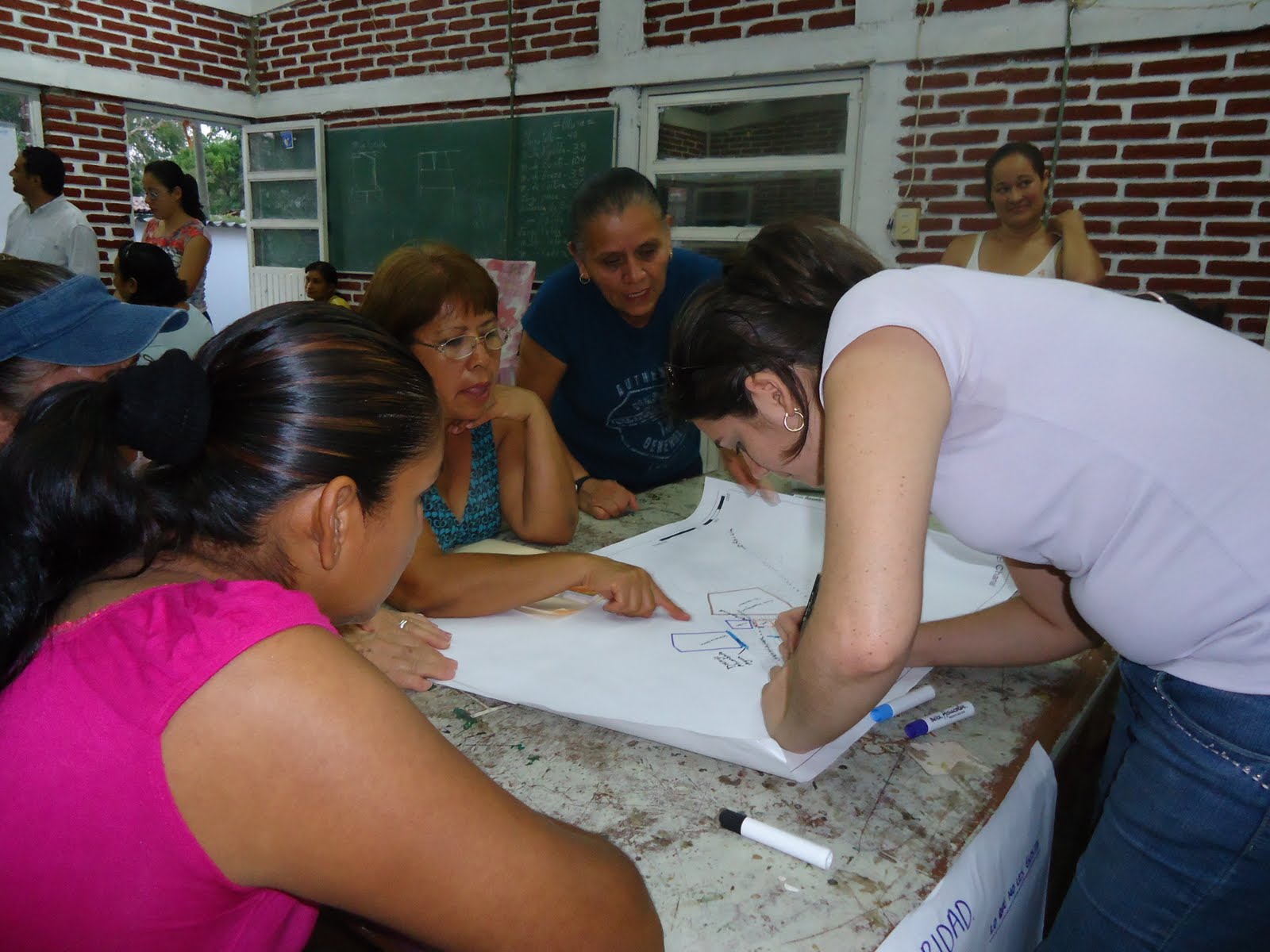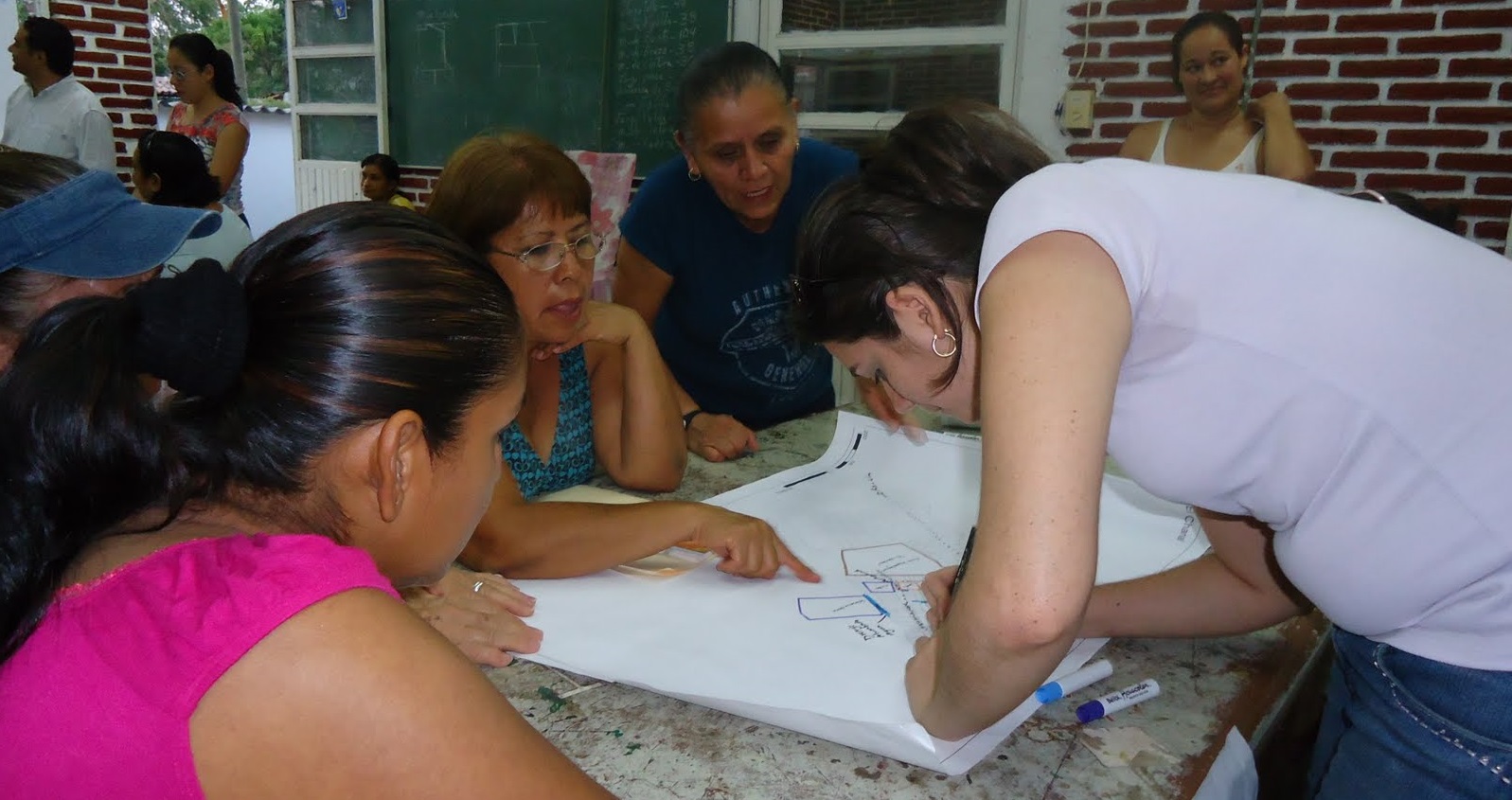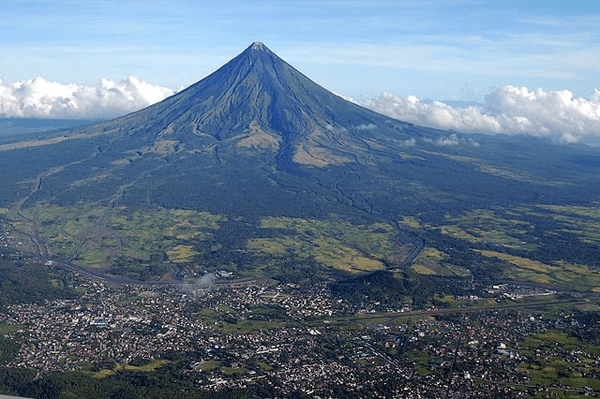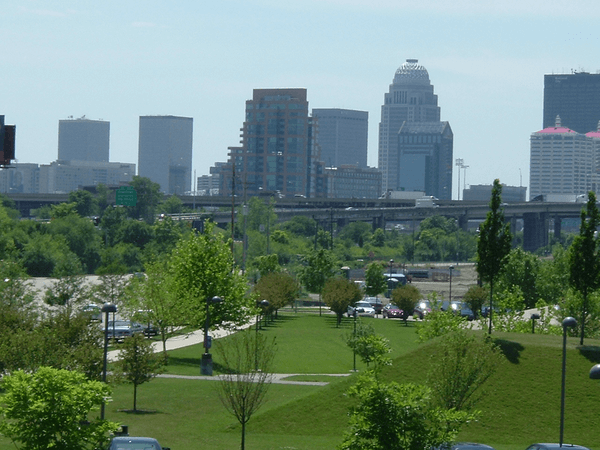City
Colima
Main actors
City Government, Private Sector, Regional Government
Project area
Metropolitan Area
Duration
Ongoing since 2009
This project helped implement a strategic plan for reducing fragmentation and spatial disparities, and increasing local capacity building
The metropolitan area of Colima consists of five Municipalities: Colima, Comala, Coquimatlán, Cuauhtémoc, and Villa de Alvarez. The Municipalities were unable to come up with multilateral solutions for their common problems. The overall objective of the Planning Institute of the Municipality of Colima was to establish clear operational rules in the metropolitan area of Colima to reduce urban fragmentation.
The first step towards a common management strategy was to formulate a metropolitan agenda to address the direst projects. To help implement the metropolitan agenda, local capacity building, knowledge sharing, conflict resolution between stakeholders, and reinforcement of local cooperation took place. Another step involved looking for financial opportunities and strategic associations with interdisciplinary actors.
After local authorities created a network of reliable financial and technical experts, an agreement was signed in 2010 establishing the Council for Integral Development of the Metropolitan Area of Colima. The Association of Metropolitan Municipalities north of Colima was included as a voting member as part of the agreement.
This case study promotes the importance of integrated urban governance by establishing vertical and horizontal cooperation, and focuses on building networks with stakeholders from civil society. It has inspired other Mexican and international metropolitan areas.
Categories
On Map
The Map will be displayed after accepting cookie policy
